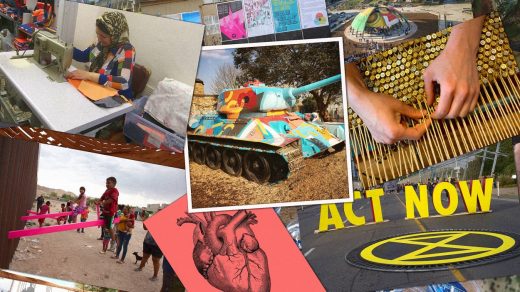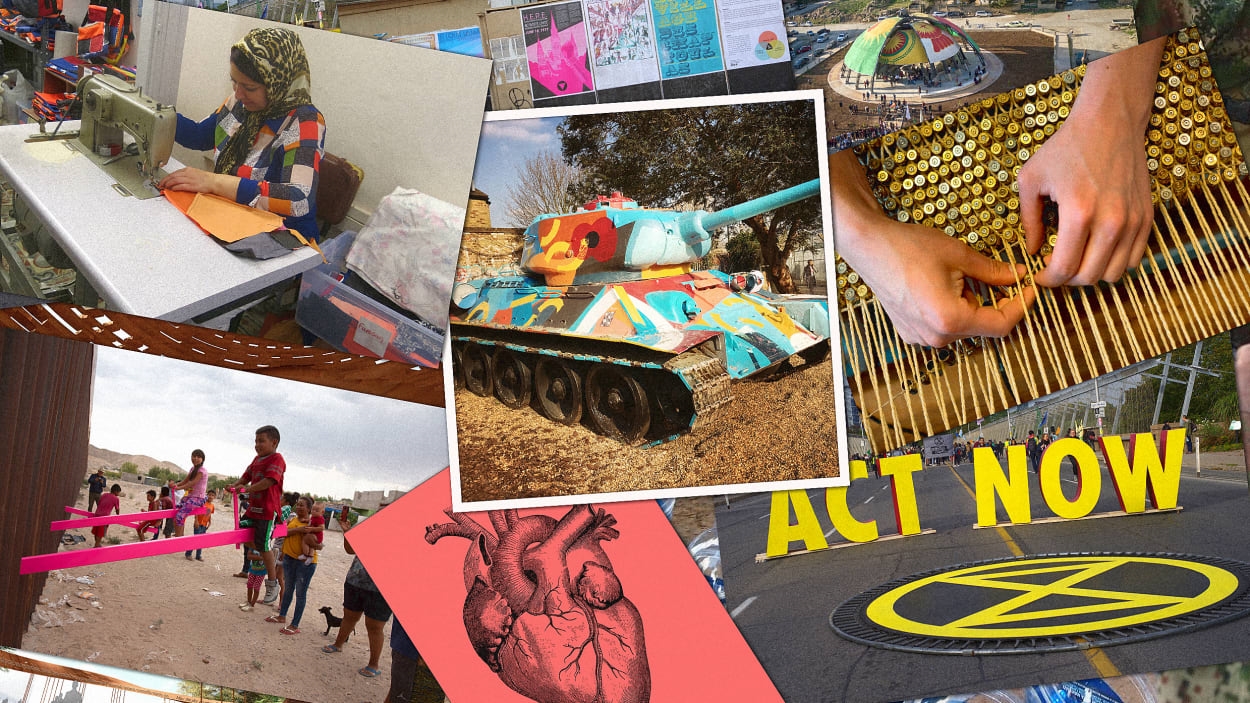40 tangible ways designers can advocate for peace
An app that helps refugees find the nearest food store. A handwoven rug made of 9 millimeter bullet casings. A conceptual tourism guide to the Korean Demilitarized Zone. At first glance these projects may not seem to have much in common, but they’re all part of a new exhibition about the role design can play in nurturing peace.
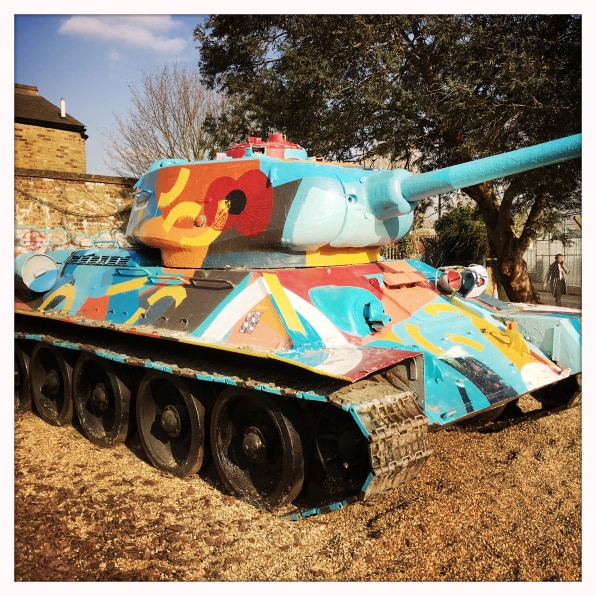
[Photo: Tristan Oliver/courtesy Cooper Hewitt]
Titled Designing Peace, the exhibit features 40 projects from 25 countries, including Syria, Lebanon, Egypt, and the United States. The projects on display run the gamut from video games to architectural models; together they reveal the wildly multifaceted approach designers can take to raise awareness, promote justice, resolve conflict, and pave the way for more peaceful interactions around the world.
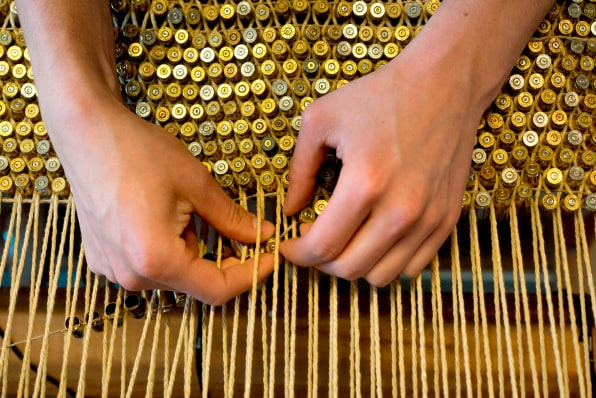
[Photo: Rodrigo Pereda/courtesy Cooper Hewitt]
On view until September 2023, the exhibition is currently showing at New York City’s Cooper Hewitt Smithsonian Museum of Design. Five years in the making, it opens at a critical time in human history, with almost 30 ongoing conflicts around the world, including Russia’s invasion of Ukraine, political instability in Lebanon, the Rohingya crisis in Myanmar, and wars in Yemen and Afghanistan.
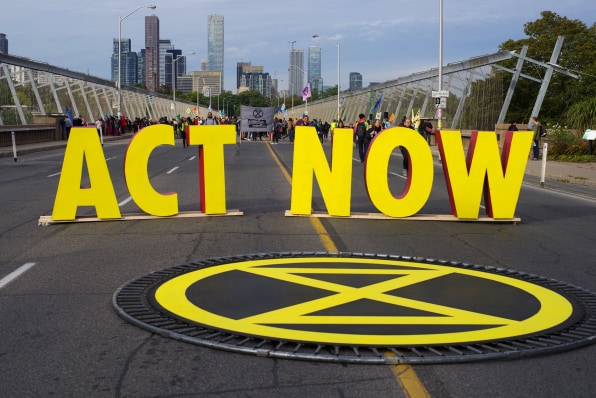
[Photo: © Martin Reis/courtesy Cooper Hewitt]
“So much research is looking at war and conflict and so much of our resources are set up around militarized security,” says Cynthia E. Smith, the museum’s curator of socially responsible design and organizer of the exhibition. “What if we completely flip it and begin to apply design and all the things that design can bring to this idea of peace?”
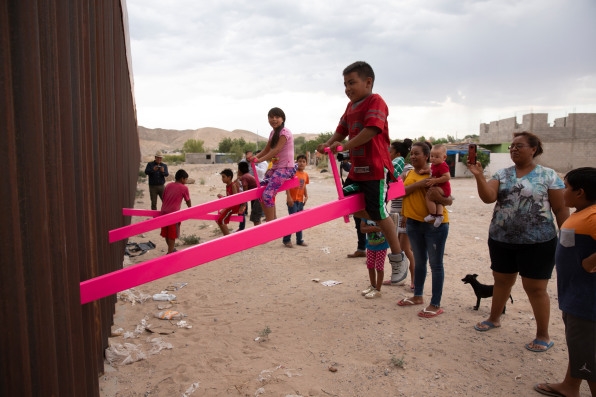
[Photo: Ronald Rael and Virginia San Fratello/courtesy Cooper Hewitt]
Designing Peace is split across five rooms, with an artistic interpretation of the U.S.-Mexican border wall running through the middle of the space. On one end, the wall is traversed by one of the pink seesaws that was installed through the slats of the real border in July 2019. (Designed by Rael San Fratello, the Teeter-Totter Wall symbolizes how movements and actions taken on one side of the border directly impact the other; the 2019 installation lasted only half an hour before it was taken down.)
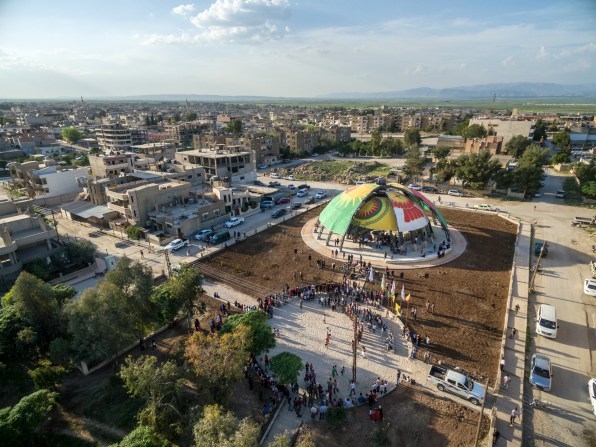
[Photo: Ruben Hamelink/© Jonas Staal/courtesy Cooper Hewitt]
The rest of the exhibition swings from horrific (a large room mapping out the 2006 murder of Halit Yozgat in his family-run internet cafe in Germany) to hopeful (a patterned room mirroring the Conflict Kitchen, which was a temporary takeout restaurant in Pittsburgh that served food from nations that were in conflict with the U.S.).
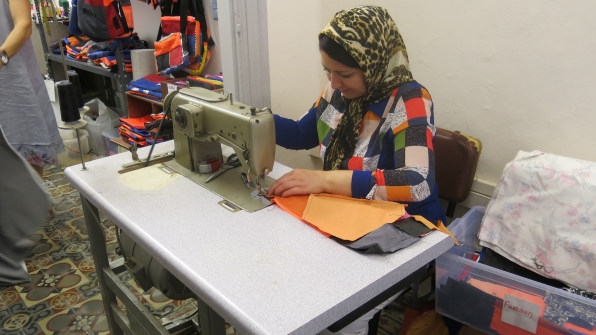
[Photo: Cynthia E. Smith/© Smithsonian/courtesy Cooper Hewitt]
But one theme emerges throughout the exhibit: projects that show what the future could be. Such examples include a map of more than 200 Black Lives murals that have been painted across the U.S.; a portable library kit that unfolds in 20 minutes and has been used by refugees in Burundi, Iraq, and, more recently, Ukraine; and Safe Passage bags made by refugees from abandoned life jackets that were used by people fleeing Turkey through the Aegean Sea.
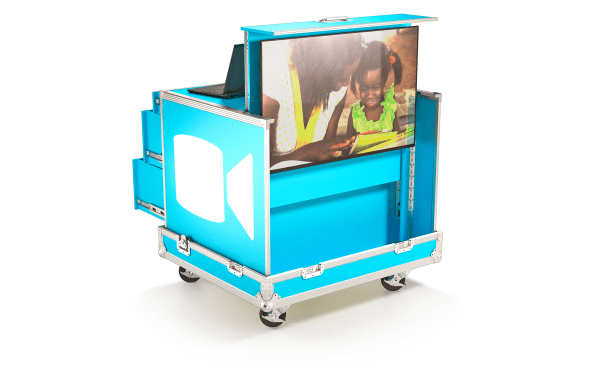
[Photo: © BSF & Philippe Starck/courtesy Cooper Hewitt]
“It’s about taking actions and building something that models what you want it to be in the future,” Smith says. For her, design is a “potent tool” that can help us envision what doesn’t exist—and implement it with communities in need. “[Design] has all the qualities of collaboration, the ability to work directly with people, to understand what they need,” she says.
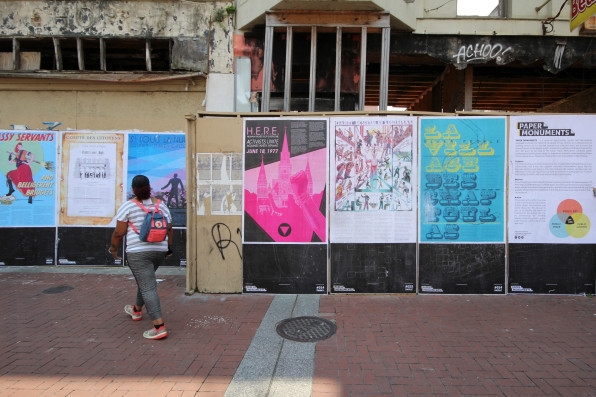
[Photo: Chris Daemmrich/courtesy Cooper Hewitt]
This idea is perhaps best illustrated in one corner of the exhibit dedicated to the architecture of U.N. peace missions. This section features an ongoing R&D initiative that began in 2007 and is still active today.
Spearheaded by Malkit Shoshan and her architecture think tank FAST (Foundation for Achieving Seamless Territory), the project envisions U.N. camps not as temporary, isolated fortresses but as catalysts for local development, with access to water and medical treatment that can outlive missions, which last an average of 31 months. These would be built out of local materials, using local techniques, so that the base could easily be integrated after the U.N. leaves.
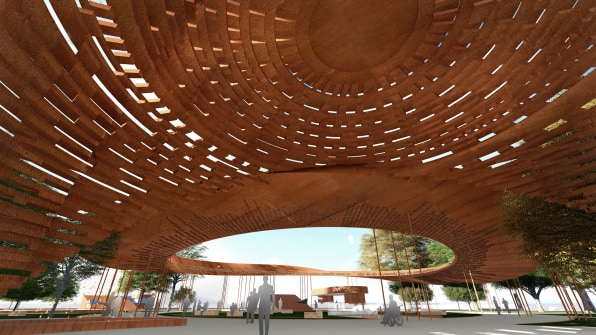
[Image: © Collaborative Architecture/courtesy Cooper Hewitt]
Like many others on display, the U.N. project models a future that is built on mutual understanding and collaboration, which is one step forward on the difficult road to peace. It also proposes a shift in how we allocate resources and approach conflict.
“What if we took this enormous amount of money we spend on militarization and just took a small percentage of that and applied it to social and environmental [causes]?” Smith muses. “Instead of leading with division [we could lead] with commonality.”
(42)

